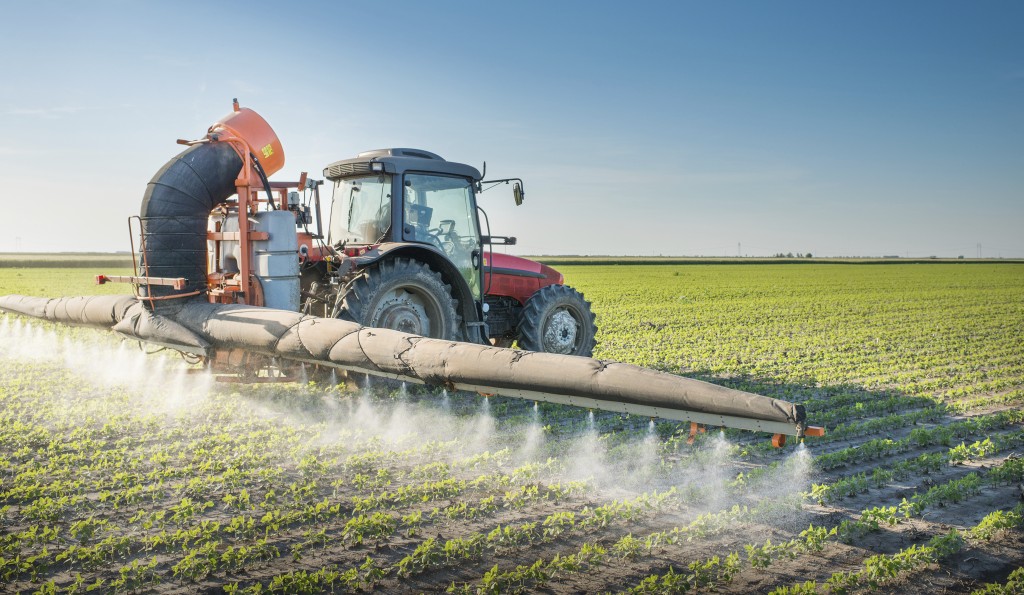
Why hazardous pesticides must be phased out
Pesticides are designed to kill. And they do. They are used to reduce and kill weeds, insects, rats, and other pests. However, pesticides aren’t nimble killers that eliminate their desired targets and vanish.
In truth, pesticides can have a lot of collateral damage – killing bees, bats, amphibians, and birds. And human beings, too.
And when they do, pesticides can kill us slowly. They can interfere with our reproductive and hormone systems and cause cancer, including leukemia, brain, breast, skin, testicular, bone, and liver cancers. Chronic health effects of pesticide exposure can manifest years after even minimal exposures, including from occupational exposure in agricultural and manufacturing sectors, and also from pesticide residues in water and food.
According to the United Nations Food and Agriculture Organization (FAO) and the World Health Organization (WHO) criteria, some are Highly Hazardous Pesticides (HHPs); these present very high levels of acute or chronic hazard to health and the environment. HHPs are a priority to be phased out.
Hazardous pesticides have serious implications on human rights. The rights of the child, the right to the highest attainable standard of health, workers rights, and the right to food – to mention a few – can be affected by hazardous pesticides (see our factsheet for more information). Children are extremely vulnerable even at low exposure; farmers and workers in the pesticide manufacturing industry, especially in developing countries, are often unaware of the risks of pesticide exposure and lack adequate information, protection equipment, and health care facilities.
Three years ago, in India, 23 children died after eating a school meal poisoned by an HHP. In the sub-Saharan African region alone, the overall costs of injury and sickness due to pesticides are projected to amount to US$ 90 billion by 2020. Moreover, even in the western world, people can be poisoned through contaminated food and in the workplace. Last September, a French Court found the behemoth agrochemical corporation Monsanto liable for a farmer’s brain damage for his exposure to an insufficiently labeled weed-killer. Despite these tragedies, pesticide use is likely to increase.
All this can be avoided, however. Indeed, safer alternatives exist.
States have the obligation to protect human rights and to ensure that effective legislation, regulation, and adjudication are implemented. This includes ensuring that those in the business of pesticides respect human rights.
The United Nations Special Rapporteur on human rights and hazardous substances, in his recent mission to Germany, highlighted the problem that some companies still sell HHPs banned in the EU to countries with inadequate systems for chemical management. Together with the Special Rapporteur on the right to food, they reiterated a call for collective State action to phase out HHPs.
As the world population grows and food demand rises, there is great urgency to halt the fatal use of hazardous pesticides, which can be accomplished primarily by phasing out of HHPs, and replacing them with agroecology.
It is crucial that States adopt measures to stop and prevent harm to people and the environment. Safety will remain a myth without regulations and enforcement.
Learn more:
CIEL factsheets on Human Rights implications of Toxic Chemicals: mercury, lead, phthalates, decaBDE, and e-waste https://www.ciel.org/reports/human-rights-implications-of-toxic-chemicals-issue-briefs/
Code of Conduct on Pesticide Management adopted by FAO and WHO: http://www.fao.org/fileadmin/templates/agphome/documents/Pests_Pesticides/Code/CODE_2014Sep_ENG.pdf
Originally posted February 23, 2016

